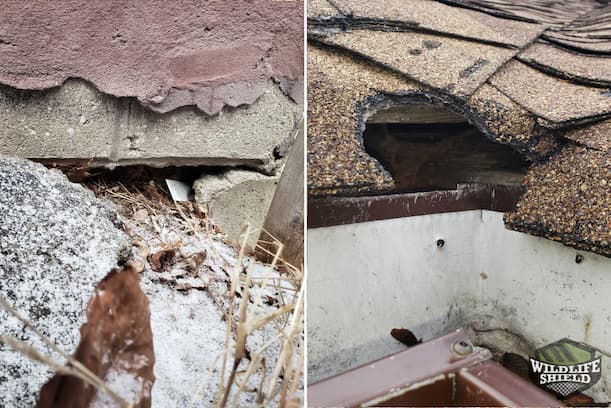The following case study recounts a squirrel removal and rat extermination in Ajax. In this case, a customer was initially concerned that squirrels had entered his attic. A detailed inspection proved that rodents, specifically rats, were the culprits and had made their way to the attic. The treatment removed the rats, but soon squirrels used damaged roof points to enter the attic and took over for the rodents. The Squirrel Control team exterminated the rats with a targeted, comprehensive rat removal program and evicted the squirrel safely with a one-way door. A full exclusion of all potential entry points rendered this home wildlife-proof.
Ajax, Ontario
Tucked between Pickering and Whitby, the Town of Ajax is located in the Durham region, east of the Toronto. The town was first established in 1941 and soon became the site of a large shell manufacturing plant, employing over 9,000 people.
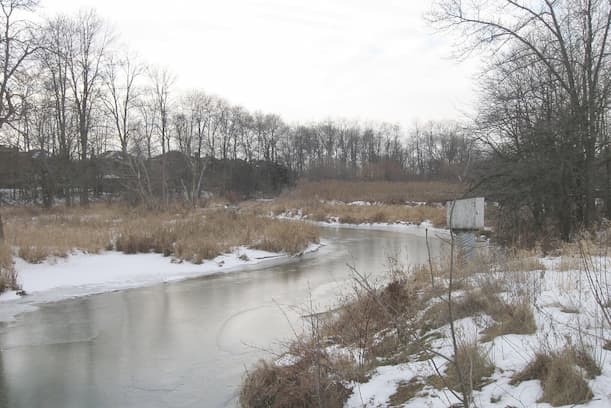
The University of Toronto leased much of the land after the war was over and converted most buildings into classrooms. By 1949, about 7,000 students had been trained in engineering at the University of Toronto, Ajax Division.
Inspection for Squirrels and Rats
After hearing noised during the day and nighttime, this customer was afraid that squirrels had breached into the attic and asked us to perform an inspection and remove the unwanted guests from their property. This homeowner also informed us that they had trapped a rat inside the home. We sent one of our highly trained wildlife technicians to investigate and determine a plan of action to solve the issue.
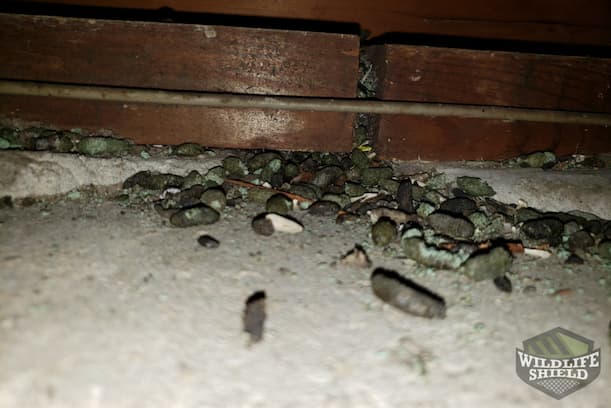
During inspection, we discovered high rodent activity taking place both inside and outside the house. Rat droppings and evidence of nesting was discovered inside the attic space, suggesting the noises were being made by these rodents.

Once rats enter a property, they are notorious for finding nesting areas in the most confined of spaces, including attics, walls, and subfloors. If undetected, they can multiply quickly and begin cause extensive damage.
Initial treatment of rat infestation
Our initial treatment for a rat infestation is two-pronged: attack the problem inside the home and eliminate the rats from the outside of the property. This is the best approach to control the rat population in an infested area.
Our certified pest exterminator began by placing snap-traps inside the home where activity was most prominent. These areas included the attic, where the homeowner had heard the noises. Snap-traps are baited with food that takes long to decay, such as bacon or peanut butter. The strategy with placing these traps in the house is to eliminate all rats within the property.
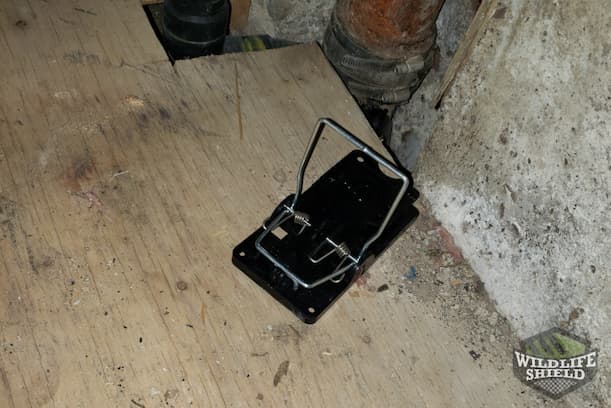
Because of the presence of multiple entry points into the home through damaged roof areas and foundation gaps, we placed bait stations around the outside of the home in order to control the outdoor population of the rats. These bait stations are loaded with a highly attractive bait that will kill the rats once ingested. The stations are tamper proof and can only be opened with a special key that only our staff carries. It is also designed to prevent other wildlife such as raccoons and squirrels from having access to the poisoned bait.
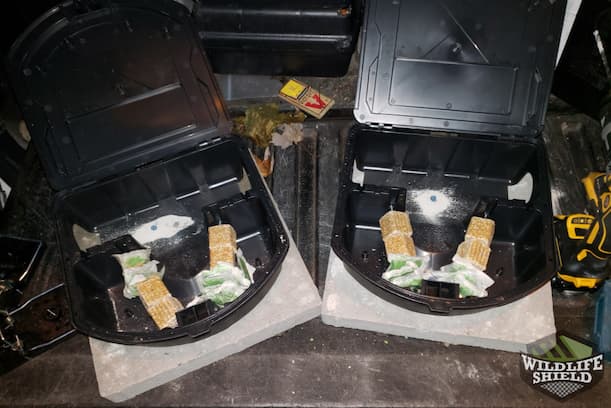
We strongly recommended to this customer that both the roof damage and the foundation gaps be sealed off with galvanized steel mesh to prevent any animals from entering the home. The customer decided to leave it at the time and see what the outcome of the initial treatment would be.
Follow up and Exclusion for Squirrels
We returned a few days later to address the issues with the multiple entry points on the roof. The customer informed us that squirrels had now been heard in the attic and seen on the roof.
It is common for wildlife to follow the scent of other creatures and therefore it is not surprising that squirrels were found in the attic after rats had been exterminated. The odour left by rat droppings would be enough to attract a curious animal and if easily accessible, they could make the attic their new home as was the case at this location.
We proceeded to perform a squirrel exclusion on the roof. Our technician began by installing a squirrel one-way-door at the main entry point. This door will allow the squirrels to vacate the attic in a safe and humane way and not be able to re-enter. It is secured to the roof with galvanized steel mesh that is strong enough to withstand gnawing by wildlife. It will be left in place for a few days until there is no longer any evidence of activity in the attic. We will then return to remove it and seal the hole.

The same galvanized steel mesh was used to seal and secure all areas of the roof that had been damaged by the squirrels and rats. It is important to eliminate all possible points of entry to ensure that wildlife will stay out of the attic space.

As an added protection, we also installed PVC-coated steel mesh covers over all the roof vents as well as the plumbing vent. This will ensure that squirrels and raccoons will not compromise these vulnerable structures as they are often used as entry points. Animals are attracted to these vents especially in the winter months when heat is emitted from the home. Because they are often made of plastic or weak metal, these vents are no match for wildlife to chew threw and create a space big enough to squeeze through them and into the attic.
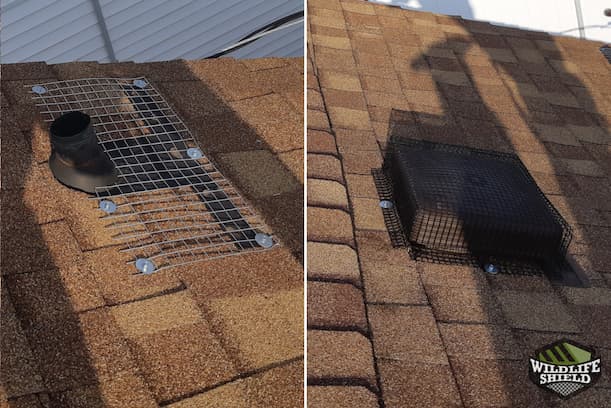
We explained to our customer that even with all our installations in place, animals would still be attracted to the roof due to the odours left by the animals. They agreed to have all the entry points deodorized and disinfected. We use a biological hospital grade disinfectant that is highly effective in killing pathogens left behind by any creatures.
Conclusion
We often encounter situations where one pest present in a home has led to another moving in and becoming the new tenant. At this location we began with dealing with a rat infestation and once dealt with, became a squirrel intrusion into the attic.
Our team is trained to deal with all rodents including squirrels. Once they are able to inspect and identify what animals they are dealing with, they will devise a plan to ensure our customers have the peace of mind that their home will be pest free.
Rat treatments are backed by a 6-month warranty while our wildlife exclusion installations have a 2-year warranty. If rats return into the property, we will return to continue treating the problem within our contractual warranty time. If squirrels damage or destroy any of our mesh installations, we will return to repair or replace.
